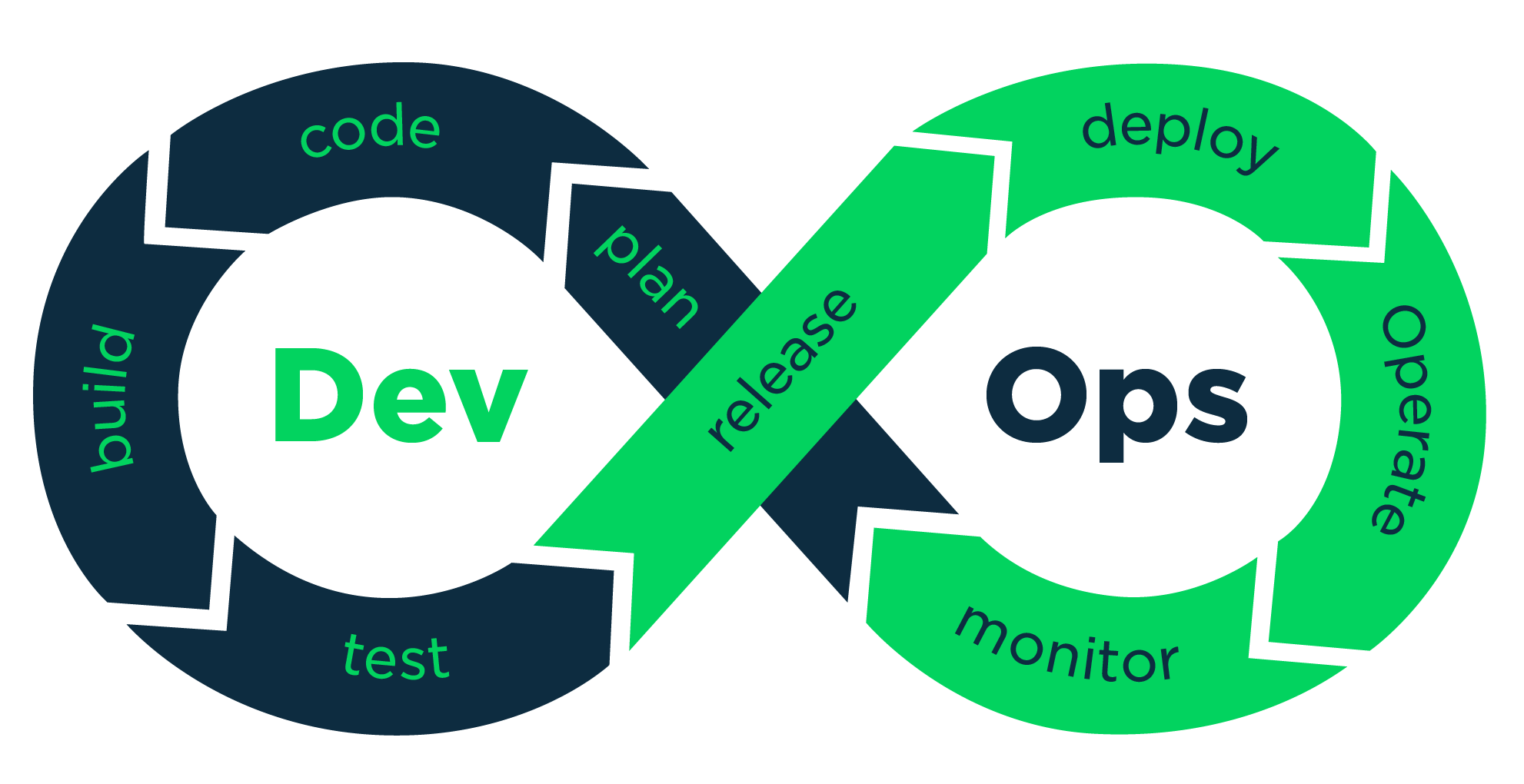Process v.s Thread
Android OS is a kind of Linus system. Every time you launch an application on your device, it invokes a process to host this application and provides the necessary resources for the application. By default, all components that come from the same application would run in the same process and thread (called main thread or UI thread). By default, you would run all components, Activity, Service, Receiver, Provider, on the same process. But there’s a way for a specific need for developers who want to run these components on different processes. You can add android: process in the AndroidManifest.xml file in each component declaration. For example,







